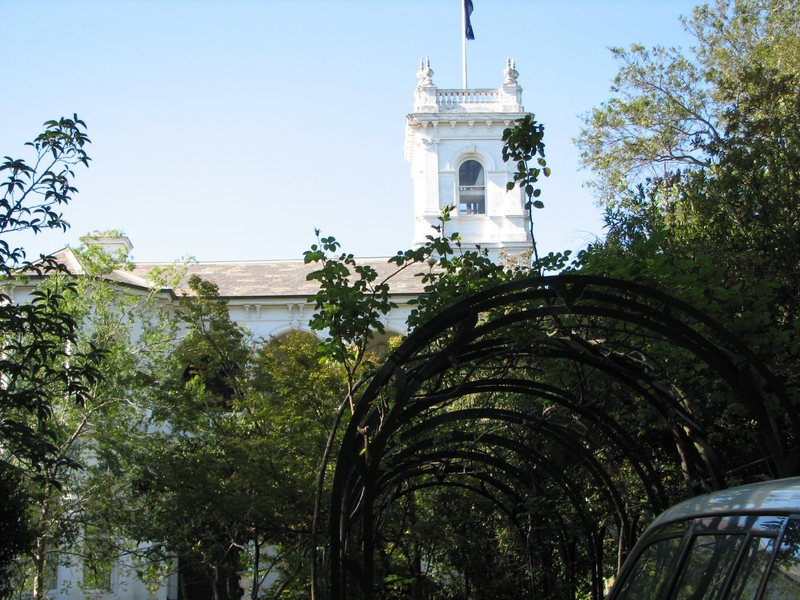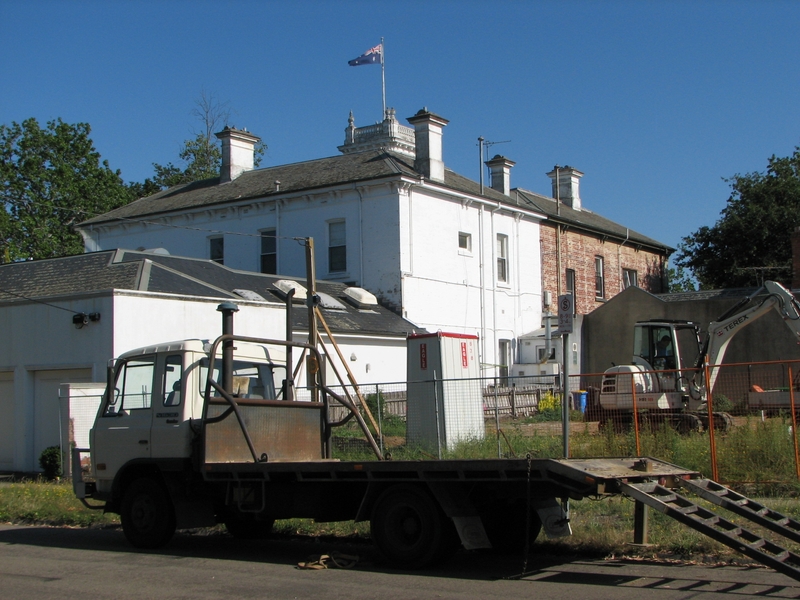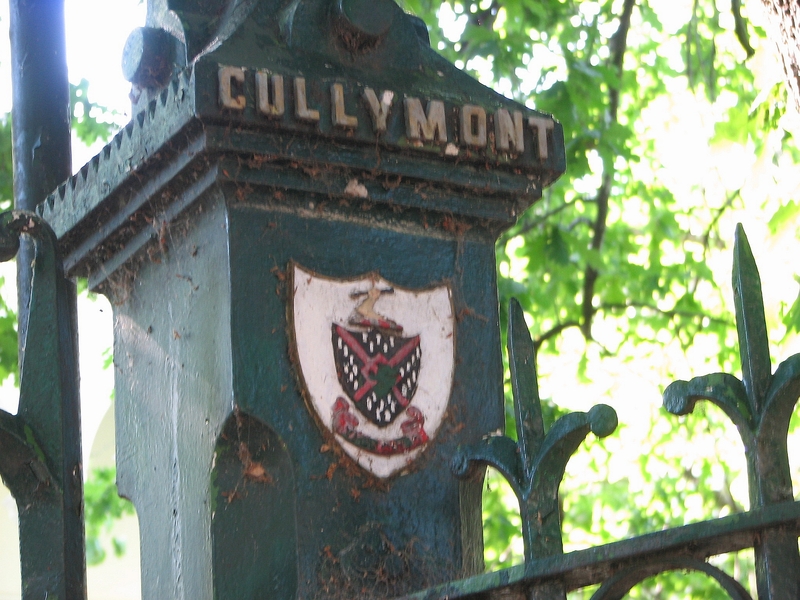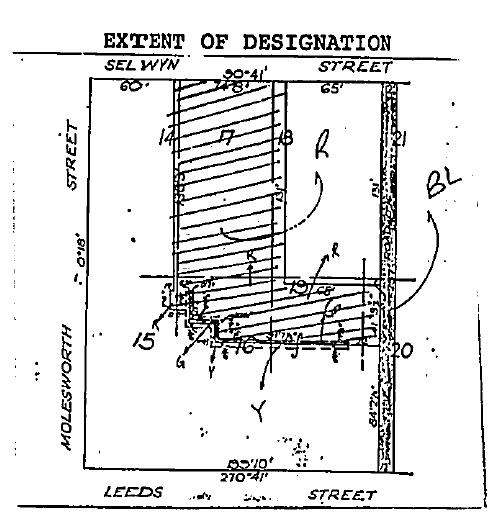Back to search results
CULLYMONT
4 SELWYN STREET CANTERBURY, BOROONDARA CITY
CULLYMONT
4 SELWYN STREET CANTERBURY, BOROONDARA CITY
All information on this page is maintained by Heritage Victoria.
Click below for their website and contact details.
Victorian Heritage Register
-
Add to tour
You must log in to do that.
-
Share
-
Shortlist place
You must log in to do that.
- Download report

CULLYMONT SOHE 2008








On this page:
Statement of Significance
What is significant?
The villa known as Cullymont, along with its pair Eyre Court, was completed in 1890 as suburbanisation followed the extension of the railway to Lilydale (1882). Constructed in the Italianate style of stuccoed brick, it consists of two opposing two-storeyed bayed wings with an arcaded verandah extending on two levels between the bayed wings. A parapeted tower divides the two villas at the apex. The original owner's coat of arms survives as features on the tower, the gates and on keystones over the main windows, as do also leadlight fanlights depicting Shakespearian characters over the front door.
How is it significant?
Cullymont is historically and architecturally significant to the State of Victoria.
Why is it significant?
Together with Eyre Court, Cullymont is important as an unusual example of a villa type. It is important in exhibiting an unconventional integration of the two villas, and for the richness of detail in features, including an arcaded verandah, parapeted tower, leadlight windows and the coat of arms of the original owner. Cullymont is of historical importance because of its association with suburban expansion, the result of rail network extensions. The villa is important in exhibiting social and cultural associations with the nineteenth century ideals of suburbia.
The villa known as Cullymont, along with its pair Eyre Court, was completed in 1890 as suburbanisation followed the extension of the railway to Lilydale (1882). Constructed in the Italianate style of stuccoed brick, it consists of two opposing two-storeyed bayed wings with an arcaded verandah extending on two levels between the bayed wings. A parapeted tower divides the two villas at the apex. The original owner's coat of arms survives as features on the tower, the gates and on keystones over the main windows, as do also leadlight fanlights depicting Shakespearian characters over the front door.
How is it significant?
Cullymont is historically and architecturally significant to the State of Victoria.
Why is it significant?
Together with Eyre Court, Cullymont is important as an unusual example of a villa type. It is important in exhibiting an unconventional integration of the two villas, and for the richness of detail in features, including an arcaded verandah, parapeted tower, leadlight windows and the coat of arms of the original owner. Cullymont is of historical importance because of its association with suburban expansion, the result of rail network extensions. The villa is important in exhibiting social and cultural associations with the nineteenth century ideals of suburbia.
Show more
Show less
-
-
CULLYMONT - Permit Exemptions
General Exemptions:General exemptions apply to all places and objects included in the Victorian Heritage Register (VHR). General exemptions have been designed to allow everyday activities, maintenance and changes to your property, which don’t harm its cultural heritage significance, to proceed without the need to obtain approvals under the Heritage Act 2017.Places of worship: In some circumstances, you can alter a place of worship to accommodate religious practices without a permit, but you must notify the Executive Director of Heritage Victoria before you start the works or activities at least 20 business days before the works or activities are to commence.Subdivision/consolidation: Permit exemptions exist for some subdivisions and consolidations. If the subdivision or consolidation is in accordance with a planning permit granted under Part 4 of the Planning and Environment Act 1987 and the application for the planning permit was referred to the Executive Director of Heritage Victoria as a determining referral authority, a permit is not required.Specific exemptions may also apply to your registered place or object. If applicable, these are listed below. Specific exemptions are tailored to the conservation and management needs of an individual registered place or object and set out works and activities that are exempt from the requirements of a permit. Specific exemptions prevail if they conflict with general exemptions. Find out more about heritage permit exemptions here.
-
-
-
-
-
CANTERBURY MANSIONS
 Victorian Heritage Register H0869
Victorian Heritage Register H0869 -
EYRE COURT
 Victorian Heritage Register H0817
Victorian Heritage Register H0817 -
SHRUBLANDS
 Victorian Heritage Register H2037
Victorian Heritage Register H2037
-
"1890"
 Yarra City
Yarra City -
'BRAESIDE'
 Boroondara City
Boroondara City -
'ELAINE'
 Boroondara City
Boroondara City
-
-












